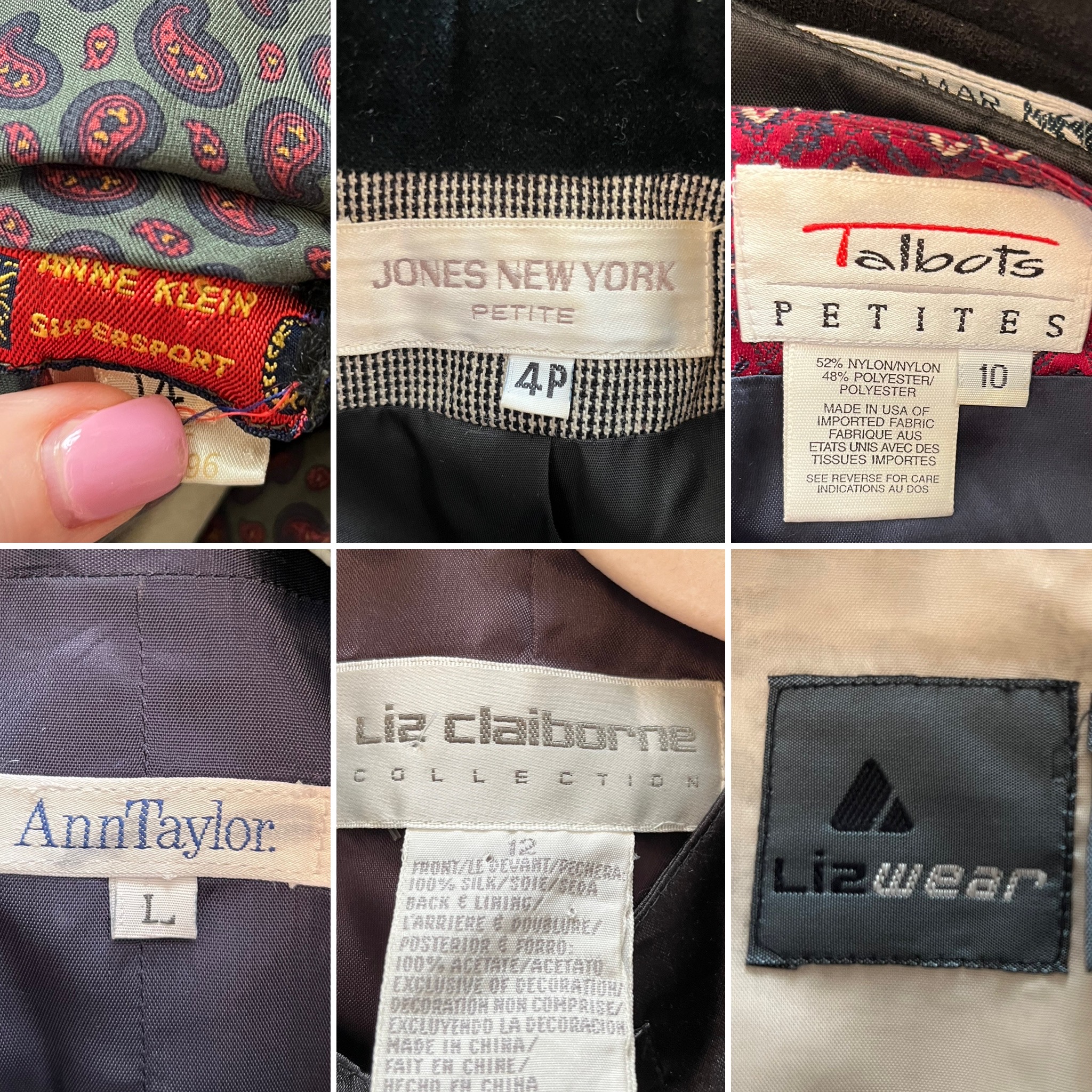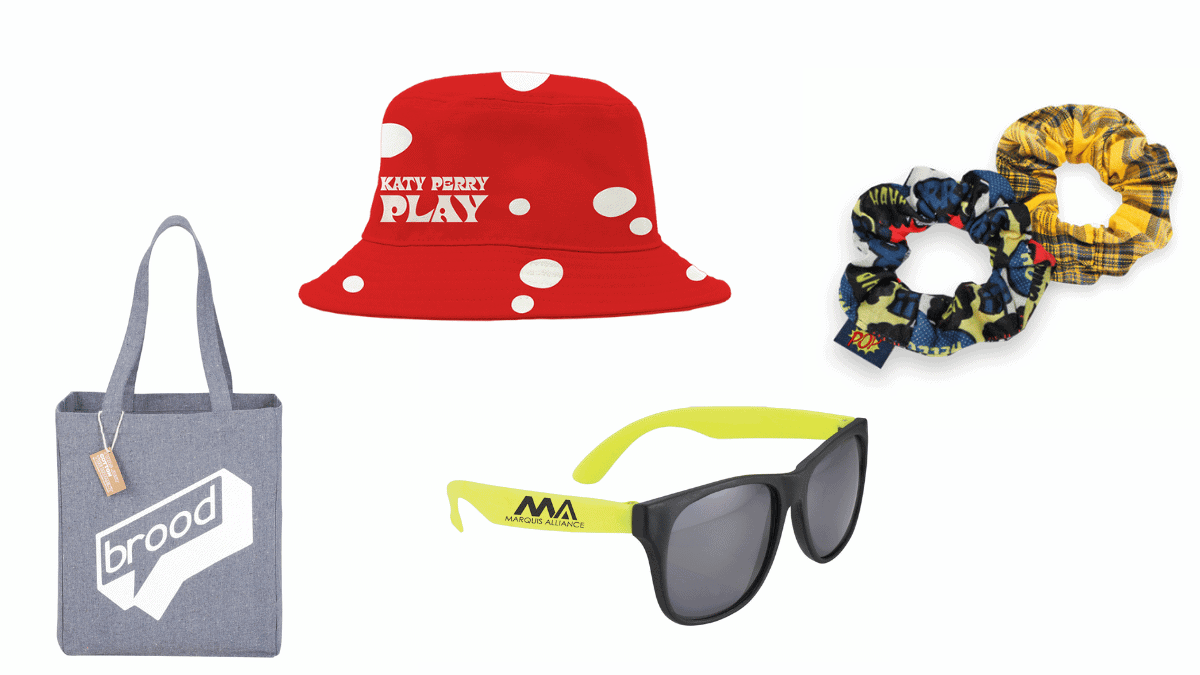Branded Clothing Essentials: Understanding the Fabric Behind the Fashion
Branded Clothing Essentials: Understanding the Fabric Behind the Fashion
Blog Article
The Significance of Lasting Clothes: Exactly How It Influences the Setting and Your Storage room
Lasting apparel is progressively recognized for its crucial duty in decreasing the environmental effect of the fast apparel industry. By concentrating on environmentally friendly products and ethical production approaches, it attends to pressing environmental problems. This shift not just profits the earth yet also influences customer choices, leading to a more thoughtful strategy to wardrobe management. Recognizing these characteristics elevates necessary questions about fashion's future and individual duty in forming it.
The Ecological Footprint of Fast Fashion

Benefits of Sustainable Products
Sustainable materials provide considerable benefits, particularly through eco-friendly fabric options that reduce environmental damage. These materials also show toughness and long life, lowering the need for frequent replacements. Because of this, they add to an extra lasting garment industry and promote responsible consumer actions.
Eco-Friendly Textile Selections
While the apparel industry has actually long been associated with fast patterns and environmental harm, the surge of environmentally friendly fabric selections presents a transformative chance. Lasting materials such as natural cotton, hemp, and Tencel have actually obtained popularity because of their lower eco-friendly effect. These fabrics are often created without hazardous chemicals and require much less water, lowering their carbon impact - Branded Clothing. Furthermore, numerous green fabrics are biodegradable, adding to a circular economy by decreasing waste. Picking sustainable products not only sustains ecologically liable methods yet additionally promotes much healthier communities. As consumers come to be much more knowledgeable about their purchasing power, the demand for eco-friendly materials motivates brand names to introduce and embrace even more sustainable production methods, ultimately benefiting the planet and future generations
Sturdiness and Long Life Advantages
Lots of customers are increasingly acknowledging the resilience and longevity benefits of lasting materials in their clothing selections. Unlike standard fabrics, lasting products such as natural cotton, hemp, and recycled polyester are crafted to hold up against deterioration, causing garments that last longer. This reduced frequency of substitute not just conserves consumers money in time but additionally decreases waste created by rapid fashion. Furthermore, lasting apparel frequently uses green production methods that improve material strength, adding to a decrease in the general carbon footprint. By spending in sturdy clothes, customers can cultivate a more sustainable wardrobe while enjoying top quality pieces that maintain their aesthetic and functionality over time. Sturdiness and longevity stand as vital advantages of choosing sustainable products.
Decreasing Waste Through Sustainable Practices
Lowering waste in the style market can be accomplished via ingenious methods such as upcycling and repurposing materials. In addition, adopting minimalist closet techniques urges customers to focus on top quality over amount, eventually reducing apparel usage. With each other, these strategies add substantially to a more lasting clothes design.
Upcycling and Repurposing Products
Upcycling and repurposing products have actually become cutting-edge methods in the fashion business, transforming thrown out fabrics into beneficial new products. This strategy not just decreases waste but also encourages creative thinking and uniqueness in clothes style. By taking old garments and products, developers can develop one-of-a-kind pieces that mirror individual style while decreasing the need for brand-new resources. In addition, upcycling often needs less power and water compared to conventional production processes, significantly decreasing the ecological impact of fashion. As customers become much more knowledgeable about sustainability, the appeal of upcycled clothes proceeds to increase, promoting a round economic climate. Ultimately, these methods add to a much more sustainable future, where style prioritizes environmental health over fast manufacturing and consumption.

Minimal Wardrobe Approaches
As individuals increasingly seek to decrease their environmental effect, adopting minimal closet strategies has actually gotten grip as an effective method to lasting style. These methods stress quality over quantity, encouraging consumers to curate a smaller sized collection of functional, long lasting clothing. By focusing on timeless pieces that can be blended and matched, individuals can decrease the frequency of acquisitions and ultimately lower waste.Additionally, minimalism promotes mindful intake, urging buyers to assess the ethical and environmental implications of their options. This technique not only fosters a much more lasting way of living yet additionally simplifies daily decision-making regarding clothing. As individuals embrace minimalist principles, they contribute to a style culture that values sustainability and responsible consumerism, eventually leading to an extra eco-conscious culture.
The Role of Ethical Labor in Sustainable Fashion
While numerous consumers are increasingly familiar with the environmental consequences of their garments options, the relevance of ethical labor methods in lasting style can not be ignored. Honest labor includes fair salaries, safe working conditions, and respect for workers' rights, developing the foundation of accountable style manufacturing. Brand names that prioritize ethical labor not only boost neighborhoods however also established a criterion for liability in the industry.Moreover, the combination of honest methods fosters openness, allowing consumers to make educated choices about their acquisitions. This method contrasts sharply with fast style's unscrupulous labor versions, which commonly prioritize profit over individuals. By supporting business committed to moral labor, customers add to a system that values human self-respect together with environmental sustainability. Honest labor is not simply an add-on; it is necessary to the wider goal of lasting style, ensuring that the mission for eco-friendliness does not come at the expenditure of human legal rights.
The Effect of Lasting Clothing on Carbon Emissions
Sustainable clothing has the potential to substantially decrease carbon discharges related to the fashion sector. Standard garment production contributes especially to greenhouse gas emissions, mostly because of energy-intensive production procedures and the usage of non-renewable sources. In comparison, sustainable fashion focuses on green products, such as natural cotton or recycled fibers, which commonly call for my latest blog post less energy to produce.Moreover, sustainable brand names have a tendency to take on much more efficient manufacturing techniques, reducing waste and lowering overall emissions. By focusing on toughness and ageless style, sustainable clothes encourages customers to purchase less regularly, additional minimizing the carbon footprint connected with overconsumption.Additionally, numerous lasting brands are devoted to transparency in their supply chains, allowing customers to make enlightened options that line up with their worths. Ultimately, changing in the direction of lasting clothing can bring about a substantial reduction in carbon exhausts, adding to a much healthier world and an extra lasting future for the style sector.
Supporting Neighborhood Economic Situations With Lasting Choices
The shift towards lasting clothes not only addresses ecological problems but likewise considerably benefits neighborhood economic situations. By choosing sustainable fashion, customers often support tiny businesses and regional craftsmens, improving neighborhood strength. These business generally operate a smaller sized range, prioritizing craftsmanship and honest techniques over mass production.Investing in locally made sustainable apparel promotes work production and boosts economic development within communities. As customers end up being more aware of the environmental effect of their purchases, they progressively look for out items that reflect their worths. This demand motivates regional manufacturers to take on lasting practices, contributing to a round economy.Moreover, sustaining neighborhood services lowers transport exhausts, aligning with eco-conscious consumer behavior. The interconnectedness of lasting clothing and regional economic situations emphasizes the crucial duty that private choices play in advertising both economic and environmental health. By promoting these local links, neighborhoods can grow while likewise functioning towards a much more sustainable future.
Transforming Your Closet: Tips for a Lasting Closet
As individuals look for to minimize their environmental impact, changing a storage room right into a lasting wardrobe comes to be a necessary action. One effective approach is to review existing garments, keeping just items that are used consistently which align with sustainability goals. Focusing on top quality over amount is essential; buying resilient items from green brands can considerably lower waste.Additionally, integrating second-hand things can breathe brand-new life into a closet while reducing ecological damage. Organizing clothes swaps with buddies or donating unused items can additionally promote sustainability.When buying, individuals need to look for materials that are natural, recycled, or naturally degradable, and prevent rapid style merchants - Branded Clothing. Practicing mindful usage by thoughtfully taking into consideration each acquisition can add to an extra sustainable way of life. By applying these pointers, one can produce a closet that shows individual design while sustaining ecological stewardship
Regularly Asked Concerns
How Can I Recognize Sustainable Clothes Brands?
To recognize sustainable garments brand names, one ought to investigate materials made use of, look for certifications like Fair Trade, and analyze the brand's transparency concerning their manufacturing procedures, labor methods, and ecological impact, guaranteeing environment-friendly and moral methods are focused on.
What Are the Costs Associated With Lasting Fashion?
The costs associated with sustainable fashion can differ substantially. Greater production expenditures, ethical sourcing, and try this website environment-friendly materials commonly cause enhanced list prices, which might prevent some consumers while interesting ecologically conscious customers.
Can Sustainable Clothing Be Fashionable and Stylish?
Sustainable garments can without a doubt be stylish and fashionable. Designers significantly prioritize cutting-edge products and ethical manufacturing techniques, see here confirming that fashion and sustainability can coexist. Consumers now have diverse options that mix looks with environmental awareness.
Just How Does Laundering Garments Affect Their Sustainability?
Washing clothes considerably impacts sustainability by consuming water and energy, adding to pollution, and triggering microplastic launch. Frequent washing can weaken materials, shortening their lifespan and raising the requirement for substitutes, ultimately aggravating environmental issues.
What Is the Life-span of Sustainable Clothes Contrasted to Fast Style?
The life expectancy of sustainable apparel usually exceeds that of fast style products, usually lasting numerous years as a result of top quality products and craftsmanship. On the other hand, quick style garments might deteriorate rapidly, necessitating more constant replacements. Lasting garments is progressively acknowledged for its essential role in minimizing the environmental influence of the quick style market. While many consumers are progressively aware of the environmental effects of their clothes selections, the significance of honest labor techniques in sustainable fashion can not be overlooked. Branded Clothing. Lasting garments has the possible to significantly lower carbon discharges associated with the fashion sector. In comparison, lasting fashion focuses on environmentally friendly materials, such as natural cotton or recycled fibers, which often need much less power to produce.Moreover, sustainable brand names have a tendency to adopt a lot more efficient manufacturing practices, lessening waste and decreasing total exhausts. By focusing on sturdiness and ageless layout, lasting apparel motivates consumers to purchase less frequently, additional lowering the carbon impact connected with overconsumption.Additionally, lots of sustainable brands are dedicated to openness in their supply chains, making it possible for customers to make enlightened options that straighten with their values
Report this page